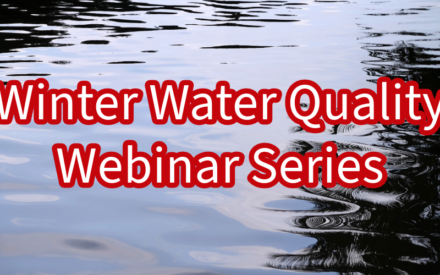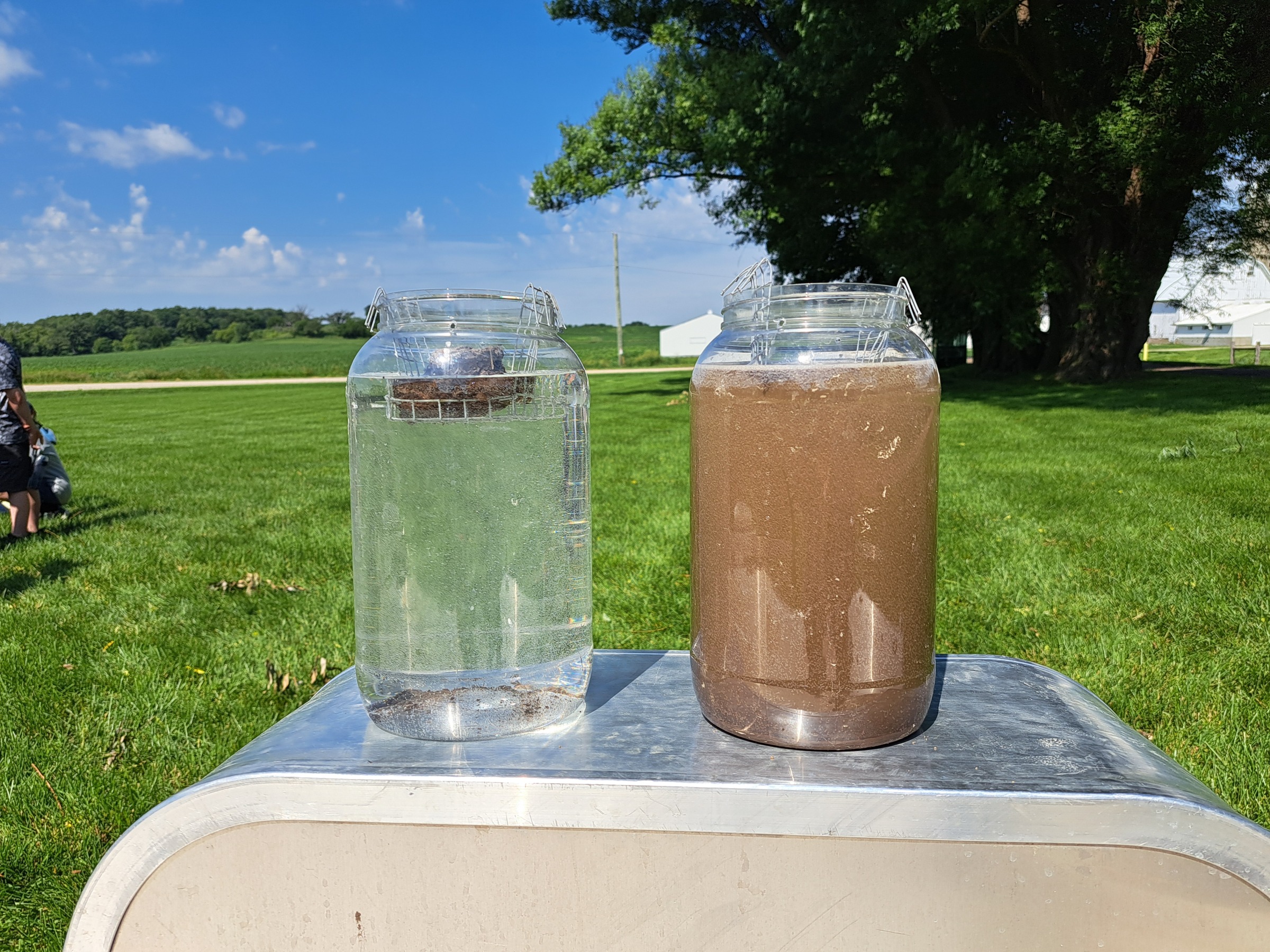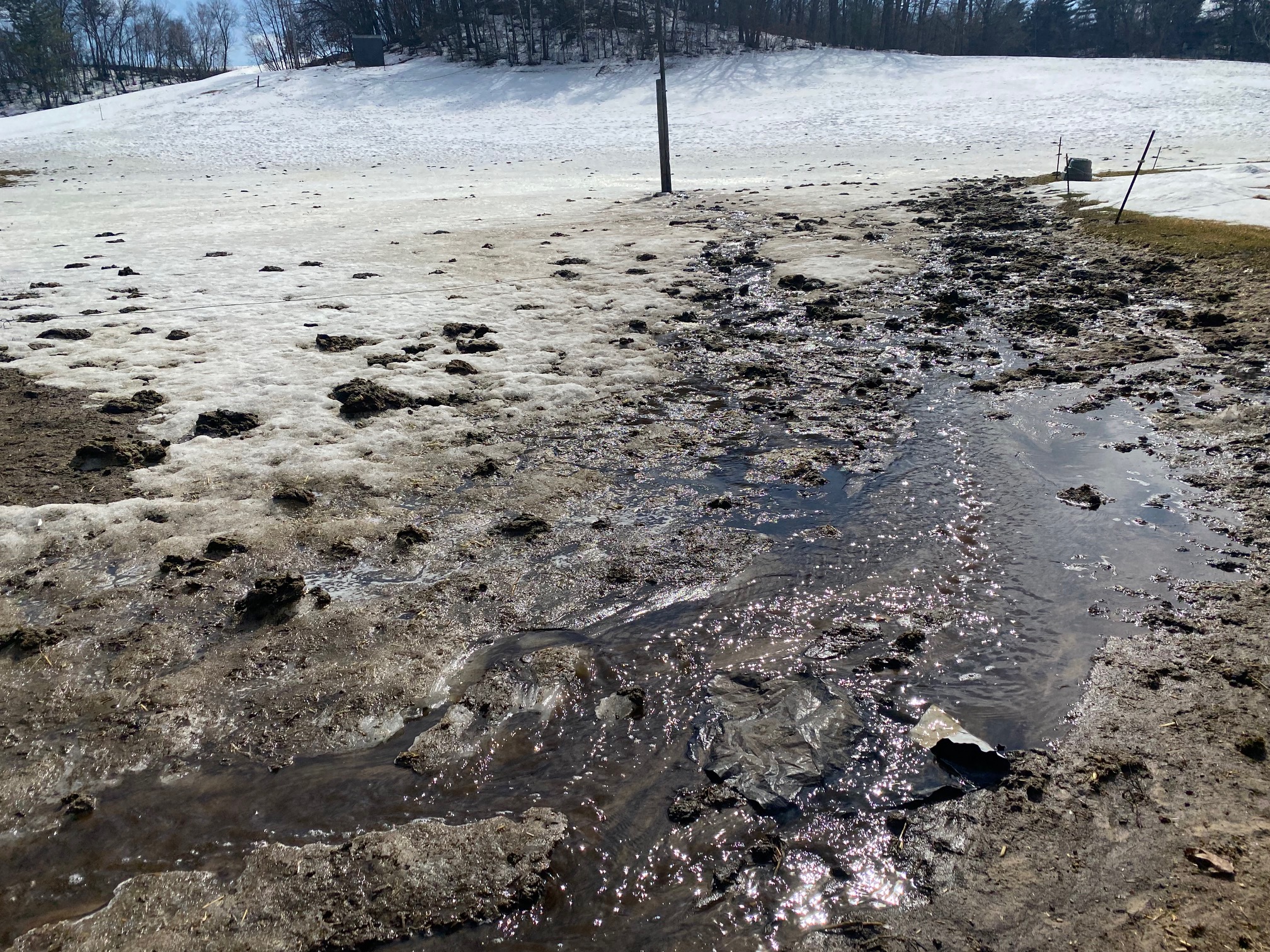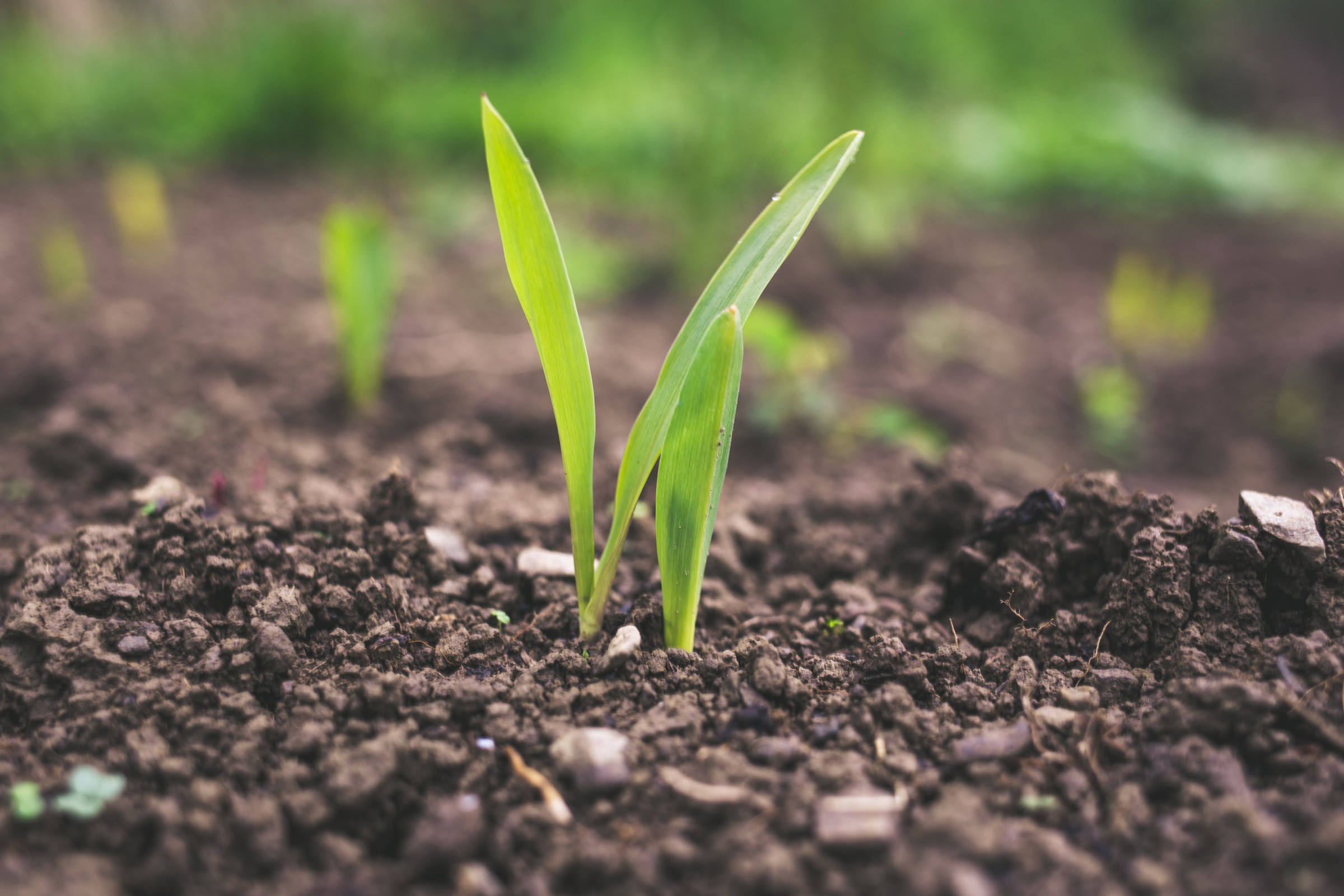The Agriculture Water Quality Program delivers educational content for farmers, crop advisors and conservation professionals on the relationships between ag production practices and water quality outcomes.
Latest News
Latest Articles
Cover crops for improved surface water quality: Benefits and limitations
This article highlights how cover crops impact phosphorus loss dynamics, including 1) soil and water movement and 2) placement and forms of phosphorus within the soil. Ultimately, situations where cover crops will have the largest impact on total phosphorus loss will be discussed to help farmers and conservation professionals maximize impact.
Spring impacts of climate change on Wisconsin agriculture
This article includes 1) impacts of climate change in spring in Wisconsin, 2) the consequences of climate change with a focus on phosphorus, and 3) practices to increase farm resilience in the face of rapidly changing weather in spring.
▶ Watch: Grazing and Water quality, Lessons learned from edge-of-field research
How do grazing methods affect runoff water quality? Eric Young, USDA-ARS Research Soil Scientist, and Kelsey Hyland discuss lessons learned from edge-of-field grazing research and strategies to maximize water quality benefits in these systems.
▶ Watch: Soil health practices impact on phosphorus pools and availability
Chelsea Zegler and Dr. Jamie Patton continue their conversation from last year on how soil test phosphorus (STP) impacts water quality. Learn how different cover crops and soil health practices change water dynamics, the location and the availability of phosphorus in different soil types.
Stay Up to Date with Us
Subscribe to Our Newsletter
Sign up to receive updates in your inbox!
Who are we?
The Agriculture Water Quality Program helps to address the water quality challenges facing agricultural producers in Wisconsin. Our Program adds support and structure for collaborations and initiatives to conduct research and education to improve water quality related to agricultural production for farmers, crop advisors, and conservation professionals.
We build on the research, knowledge, and experience of faculty and staff in Extension that have been working on this issue, including Extension’s very successful Discovery Farms® Program.
Contact our Extension Agriculture Water Quality Program team at agwater@extension.wisc.edu












